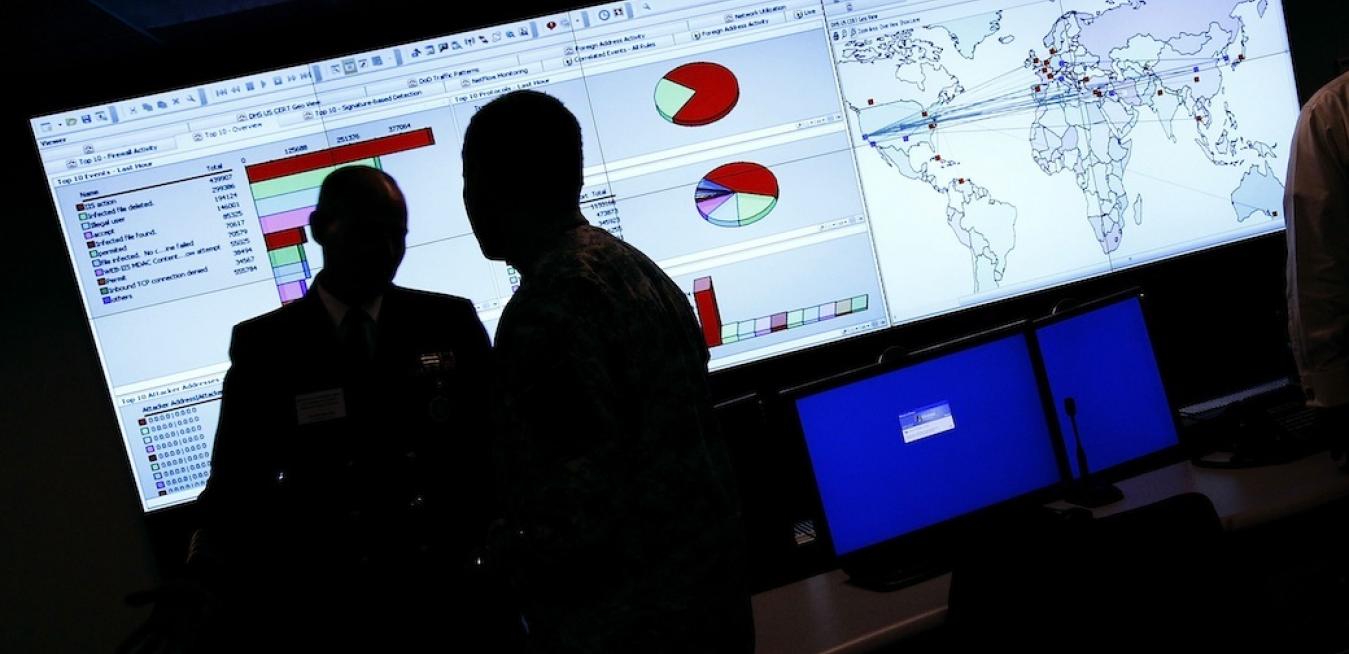Trade secret theft costs U.S. businesses hundreds of billions of dollars each year. U.S. trade secrets laws need to catch up with technological changes to protect manufacturers in an increasingly complex and competitive global landscape.
Technology and digitization are increasingly important drivers of manufacturing innovation and competitiveness, but also create a host of challenges and vulnerabilities when it comes to trade secrets protection.
Intellectual property (IP) — that covered by patents, trademarks, copyrights and harder-to-protect trade secrets — is now worth as much as 75 percent of the total value of major companies. But while the importance of these assets has grown, many businesses lag in their efforts to protect IP.
Categories
As the world’s markets rapidly evolve into complex hybrids of physical and digital assets, cyber security is increasingly critical as a stabilizing force. It is no longer an esoteric art practiced mainly by rival intelligence agencies and giant corporations — it has become a basic necessity of everyday life for any business.
After leaving Geometric, the employee was caught trying to sell the software code to SolidWorks’ competitors. Because Indian law does not recognize the misappropriation of trade secrets, it was not possible to sue the individual. Since the source code belonged to SolidWorks — not Geometric — he technically had not stolen from his employer.









